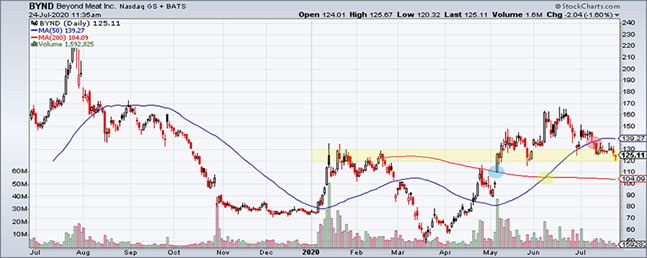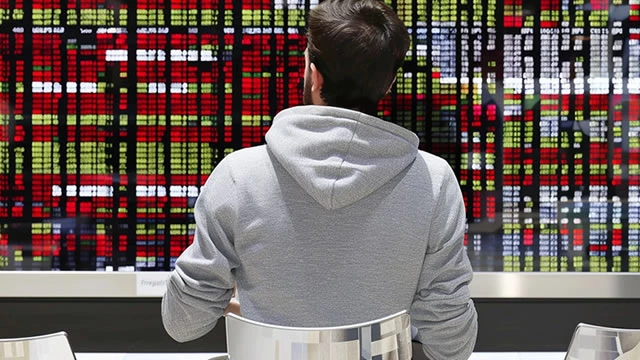Beyond Meat will report its Q2 2020 financial results at 4:30 P.M. Eastern Standard Time on August 4, 2020. The Q2 2020 results will reflect the company’s performance for the quarter ended June 27, 2020. Here’s what to look for.
Analyst Expectations
The consensus estimate for the Q2 results for the company is to expect a loss of $0.03 per share. For the first quarter of 2020, the company reported a profit of $0.03 per share. In May, Jefferies Financial Group lowered its Q2 2020 estimates for the company's earnings per share to $0.02 from the $0.04 they were previously forecasting.
Issues to Look Out For
Looking at the first-quarter results, the company reported that they experienced a reduction in sales to the foodservice industry due to the COVID-19 pandemic. The company suspended its 2020 outlook for the company due to this impact. With many states relaunching their economies, it will be interesting to see how much of this demand returned.
This second quarter 2020 earnings release could yield surprising results since the pandemic is uncharted waters and is inserting a lot of unknown variables into the overall earnings picture of many companies. The company also expects to benefit from demand for its food-at-home products, but how this would replace the lack of demand from the foodservice industry is unclear. On April 22, the company announced that it had entered a new five-year revolving credit facility of $150 million. This credit facility replaces its old credit arrangements and allows for borrowing of up to $200 million.

Technical Analysis
Looking at the chart for Beyond Meat, Inc. (NASDAQ:BYND), the stock price rose above the 200-day moving average in June (marked in blue) and has remained above it since then. In June, the 50-day moving average surpassed the 200-day moving average (marked in green),indicative of a strong uptrend. The price level between $120 and $130 has been acting as a support/resistance zone (denoted by the yellow rectangle).
The price tested it from mid-January to late February before finally rising above it in May. The stock price subsequently rose to $160 before falling between $120 and $130. The price has fallen below the 200-day moving average in July (marked in red) but has not given up much on a price basis. This support zone seems to be a strong platform for further upward price moves.
If there are negative developments for the company’s financial results regarding COVID-19, the price may slide some. Unless something very dramatic happens, the only downside would likely be economy-wide, i.e., if the entire stock market begins to give up ground then this stock may suffer. But otherwise, the stock should hold or gain in value.

















Rate this article